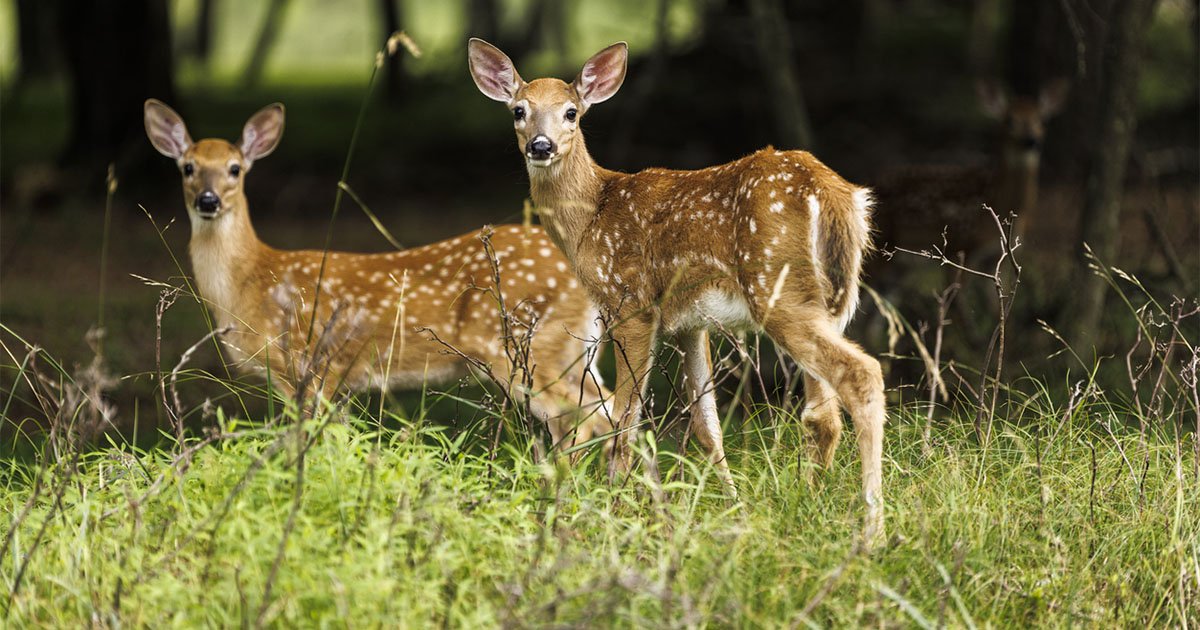The Center for Infectious Disease Research and Policy (CIDRAP) at the University of Minnesota published a comprehensive, state-of-the-art report aimed at improving surveillance, research, and response to a potential chronic wasting disease (CWD) spillover from cervids such as deer to people or farm animals.
The report, “Chronic Wasting Disease Spillover Preparedness and Response: Charting an Uncertain Future,” identifies gaps in spillover preparedness and offers recommendations to support public and animal health agencies’ ability to recognize and respond to a species jump.
This effort is the first of its kind and expands on consensus reports, such as one recently posted by the National Academies of Sciences, Engineering, and Medicine, by exploring the potential for spillover and the mitigation of the related health and economic consequences.
CWD, which affects cervids such as white-tailed deer, elk, and moose, is caused by prions, infectious proteins that trigger abnormal folding in normal proteins, especially in the central nervous system. Infected animals shed CWD prions in body fluids, which can spread to other cervids through direct contact or via the environment. First identified in 1967 in Colorado, CWD has now been identified in 35 US states, Canada, Finland, Norway, South Korea, and Sweden.

Preparing for ‘the day after’
While no human CWD cases have been identified, increasing disease prevalence in cervids boosts the odds of spillover into people, other wildlife, and livestock. “Emerging prion strains with a greater propensity for cross-species transmission could heighten these concerns,” the report said. “In addition to human health risks, CWD spillover could have far-reaching effects on the food supply, economy, global trade, and agriculture.”
Current CWD response efforts are constrained by inconsistent disease surveillance among states and limited resources that would be grossly insufficient if a spillover event were to occur. There is no vaccine or treatment for the fatal neurodegenerative disease, and inconsistent disease monitoring and limited resources are constraining preparedness.
“Since we began working on this report in 2023, concerns about a CWD prion spillover from cervids to other animal species and humans have only continued to grow in importance, and we’re simply not prepared should a species jump occur,” said Michael T. Osterholm, PhD, MPH, CIDRAP director.
To produce the report, CIDRAP convened five working groups of 67 US and international experts in human health, cervid and production animal health, prion biology and disease diagnostics, carcass and contaminated item disposal, and wildlife health and conservation. The work was supported by a contract from the Minnesota Department of Natural Resources.
“This is the first time in my experience that a multidisciplinary and truly One Health approach has been taken towards this disease, and the first time we’ve begun to consider ‘the day after’—what wildlife managers, agricultural experts, and human health professionals would be up against if spillover occurred,” said Russ Mason, PhD, a nationally recognized expert in wildlife conservation who retired from the Michigan Department of Natural Resources and who co-chairs the CIDRAP CWD Contingency Project’s wildlife working group.
Nine recommendations for action
The report’s nine recommendations call for actions based on vulnerabilities identified by the working groups. Examples are:
- Cultivating dedicated multiyear CWD funding for research and management and strengthening working partnerships among wildlife managers, agricultural experts, neurologists, the basic research community, and human health providers
- More robust outreach to improve surveillance and prion-disease reporting by primary care physicians
- Estimating carcass-disposal capacity needs, as well as expanding and standardizing CWD disease surveillance through prion strain typing in wild cervids, other potentially affected wildlife, and non-cervid production animals.
Brian Appleby, MD, director of the National Prion Disease Pathology Surveillance Center in Cleveland, Ohio, and co-chair of the CIDRAP CWD human medicine and public health working group, said, “Although basic science research suggests that there is a low likelihood of the disease transmitting to humans, this may change over time due to variations in chronic wasting disease strains as it continues to spread, as well as the possibility of it infecting other animals in which transmission to humans may be more likely.”
The next step is to take this report to agencies tasked with CWD surveillance and response.
Report creation was led by CIDRAP Director Michael T. Osterholm, PhD, MPH, and CWD Project Co-directors Jamie Umber, DVM

